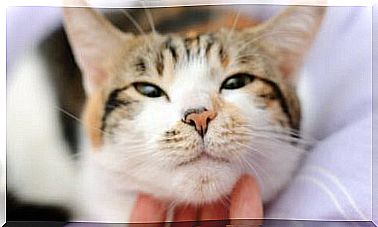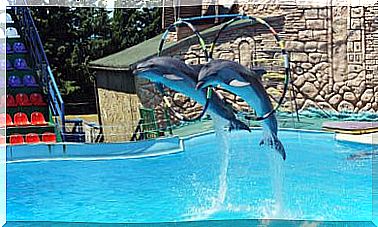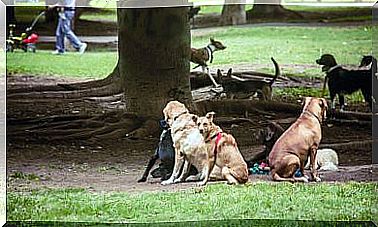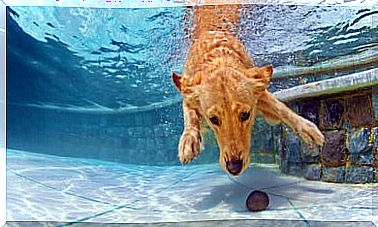Caring For Your Pet In The Postoperative Period

Pets sometimes have the misfortune of entering the operating room, a circumstance that usually generates the logical concern of the owners. After the operation, it is best to be well informed about the care of your pet in the postoperative period, and that is the attention that the animal needs to heal.
Most frequent causes of operations on pets
These are the most common causes that could lead a pet to undergo surgery:
- Sterilization. Many people decide to sterilize their pets for reasons of health or safety of the animal ; although it is also done as birth control for animals, to prevent their offspring from ending up on the street or in shelters.
- Obstruction in the digestive system. It is one of the most frequent causes; some mischievous dogs or cats may have a bad habit of eating everything in their path. When this happens, objects such as balls, rags, or toys can cause intestinal blockages.
- Otohematoma. It is the name given to the accumulation of blood in the ear of dogs. It is caused by injuries caused by excessive scratching or receiving a blow.
- Fractures. Dogs and cats can break a bone in a fall , or in an outing outside the home, in which they can suffer blows. It will be your responsibility as the owner to give the best care to your pet in the postoperative period.
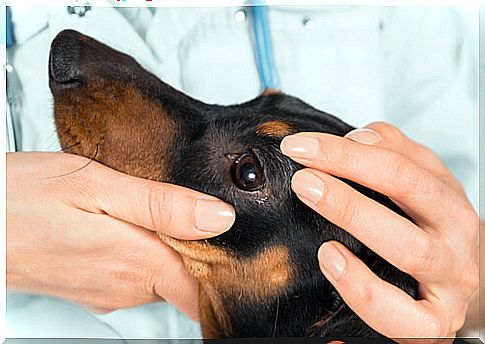
Cataracts. They are visual problems that generally occur due to age, and surgery serves to restore or improve the animal’s sight.
Pets preoperative
If surgery has been scheduled, the pet owner can facilitate the process by:
- Brush the hair to avoid knots. Helps with medical check-ups and avoids painful entanglements.
- Take care of the animal of contagion of any virus or bacteria. Contact with other animals must be avoided during the days around the operation.
- Prepare a space in the house for the animal to recover. This space must be clean to avoid infection.
The best care of your pet in the postoperative period
After the veterinarian considers that the animal is ready to go home, the owner must follow certain recommendations. During the first hours it is likely that the animal is somewhat stunned by the effect of anesthesia. Then, little by little, you will be able to coordinate your movements.
- Space. The pet will need to rest to recover. For this purpose, it is best to be as far as possible from loud noises or any other stimulus. If there are children at home, it is better that they are not in contact with the convalescent animal.
- The first 24 hours. One of the side effects of anesthesia is nausea and vomiting. To prevent this from happening, it is best to give only water during the first 24 hours after the operation. Another option is the defatted broths.
- During these first 24 hours, the animal should be kept in a warm place, since anesthesia can cause its temperature to drop a little. It will avoid an unpleasant sensation of cold.
- Power. The appetite of the animal is likely to decrease, although it will increase progressively, so it is advisable to start with a soft diet. In pet stores there are special foods for the care of your pet in the postoperative period.

Medication, hygiene and physical exercise
- Medication. Our pet may need to receive antibiotics, pain relievers, and anti-inflammatories. The correct dosages will be determined by the vet.
- Wound protection. The animal will always try to lick the wound, and this is totally contraindicated for it to do so, since infections could appear. In addition, the suture may come loose and you may develop a fever or other complications.
- To prevent the pet from licking its wound, it should be fitted with an Elizabethan collar. It is a cone around the neck that prevents it from reaching the wound: it is the best ally for the care of your pet in the postoperative period.
- Cleaning the wound. It should not only stay clean, but also dry. The frequency of wound cleaning is generally about twice a day. It is done with gauze and a special antiseptic solution for this purpose; in any case, it is best to always follow the veterinarian’s instructions.
- Suture. The stitches are removed 8-10 days after the operation. It should be done by the vet; the owner should never try.
- Physical activity. Newly operated animals should not make sudden movements, but they can exercise gradually. Until the wound heals, they should not go outside.

